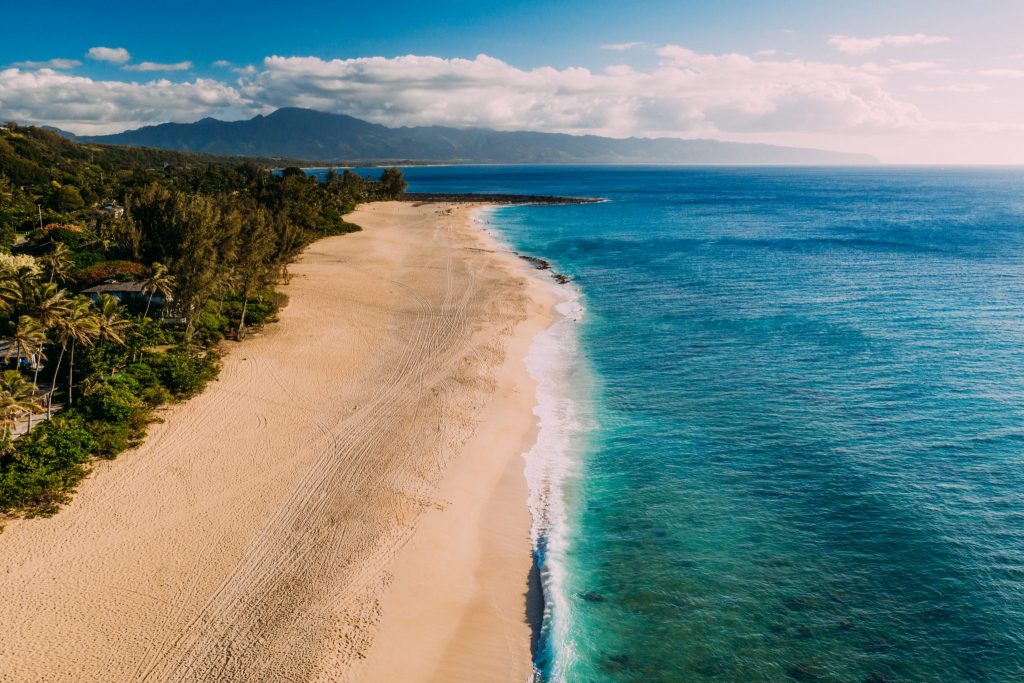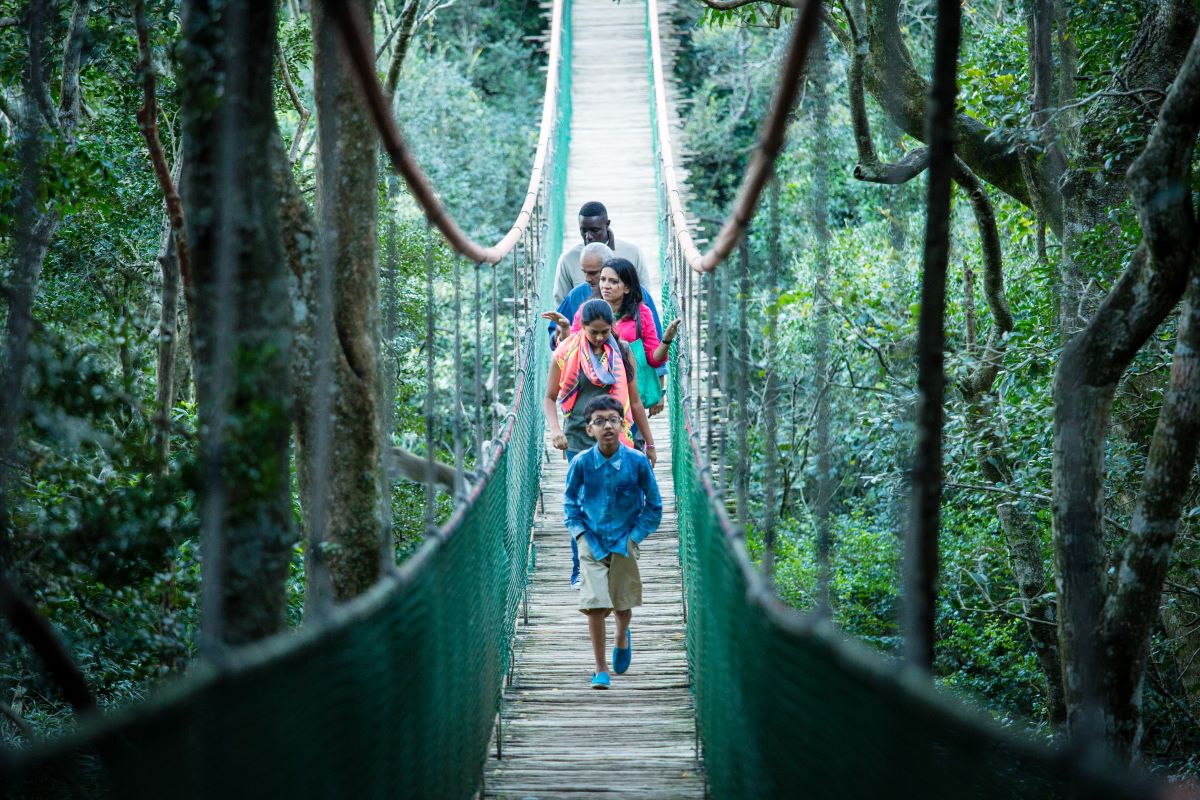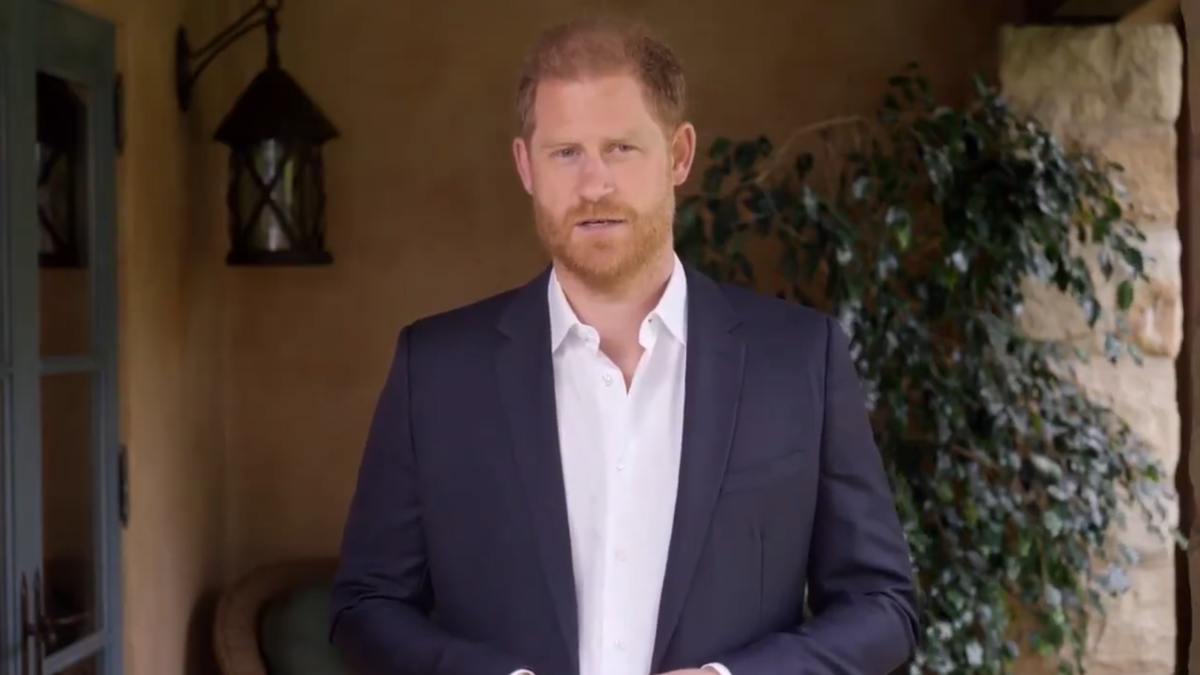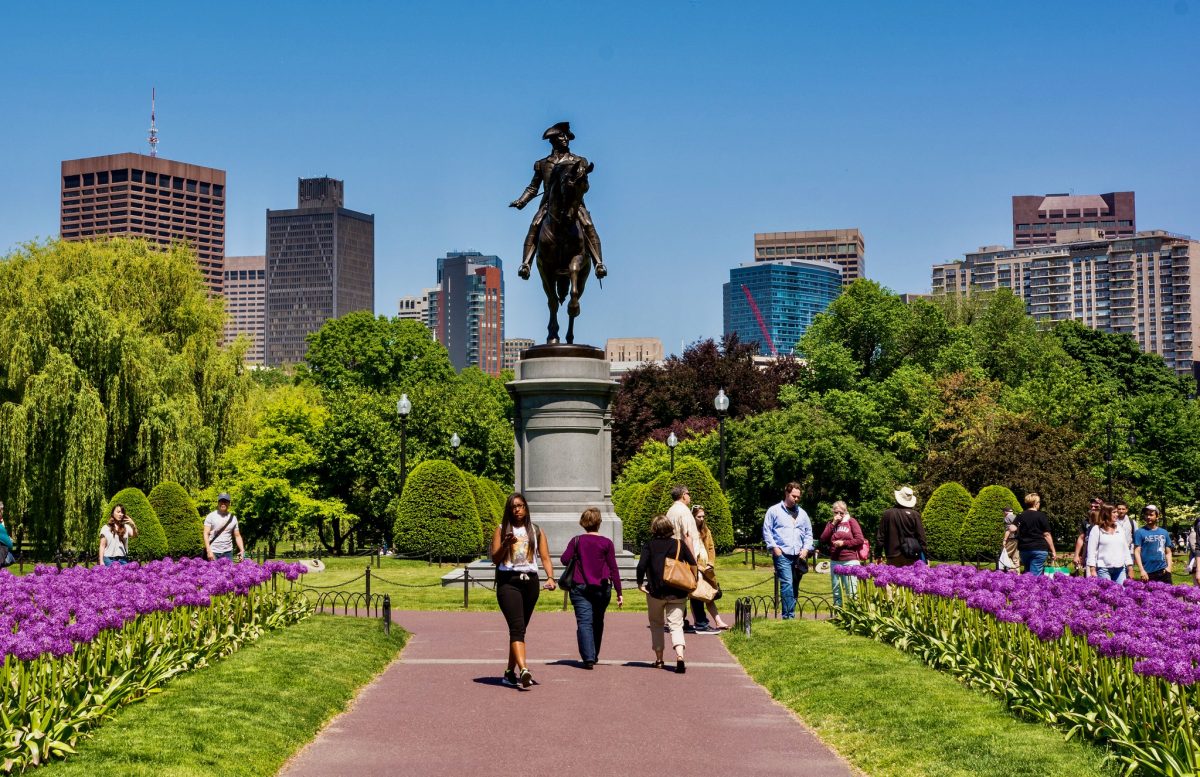Hawaii Tourism Greeted With About-Face: 70 Percent of Residents Now Support

Skift Take
More than 70 percent of respondents across Hawaii’s popular island destinations said tourism is worth the issues associated with the industry, according to the a newly released Hawaii resident sentiment survey for spring 2021, run by Omnitrak for the Hawaii Tourism Authority.
Respondents’ resounding “yes” was in response to a question that was prefaced with key data on the value of tourism to Hawaii — that in 2019, visitors spent nearly $18 billion in Hawaii, which produced $2 billion in state tax revenues to support local schools, hospitals, and infrastructure.
Given those facts, an overwhelming majority of respondents said tourism was worth the issues it came with, with the highest percentage of 78 percent from Oahu. The high "yes" rate was also fairly distributed across the islands' demographics.
“While residents have concerns over the negative impacts of tourism, they also do continue to support the industry,” said Chris Kam, president and chief operating officer at Omnitrak Group.
This acknowledgment of the value of the industry comes six months after the last resident sentiment study results, in which two-thirds of Hawaiian residents said they did not want tourists back on the islands.
It also comes after months of no tourism dollars and as tourism roars back to Hawaii faster than tourism officials had anticipated. Thanks to vaccinations, the archipelago is seeing record numbers return, even if it’s a different kind of tourism for now that is largely domestic.
Kam said tourism in Hawaii has been picking up speed like a moving train since the Great Recession and making adjustments to that “moving train” is difficult.
The main difficulty, as the latest survey results also show, is in getting a consensus on whether more is being done to manage tourism and the issues that it is associated with.
“Separately, we asked about the state’s tourism-management efforts, which take into account quality-of-life issues and balancing the visitor industry with residents’ needs and considerations. That got a much more mixed response," said Kam.
While mixed, it's actually a majority of at least 50 percent of respondents who said they did not agree or agreed very little that more effort is being made to balance the economic benefits of tourism and quality of life of residents, reaching 62 percent in Maui. Only 11-13 percent of respondents overall felt more was being done.
Kam said that in terms of ways to better manage tourism, residents cited three main strategies in the following order of importance, according to the survey results: 1) regenerative tourism, or teaching visitors to care for the islands and communities; 2) accommodations – particularly the elimination of illegal vacation rentals, with over 50 percent in favor of the latter, and 3) charging visitor access fees for natural attractions.
“The survey results show that integrating managed-tourism efforts with economic impact and quality-of-life initiatives is essential to improving resident sentiment,” Kam said. “It’s no longer just a matter of economics and tourism tax revenues, as residents expect the industry to benefit their quality of life and to grow in a responsible, sustainable way.”
Experts have said that the timing is critical for Hawaii to move past the planning stage to finding and implementing solutions. Veteran Hawaii tourism marketing expert Frank Haas said this again recently, noting that Hawaii could look to other destinations as examples and inspiration to craft its own model of tourism management solutions, but that the destination must get serious now about managing tourism.
Kam agreed that Covid may be the best opportunity for Hawaii “to get ahead of the issues, to seize the opportunity to make adjustments, rethink tourism and destination management.”
“Longer term, we’re focused on social and cultural sustainability for tourism—we believe that economic sustainability includes the ability of our keiki (children) to live and work here, care for their elders, and raise future generations in the Hawai’i they helped to build,” Kam said.
“This is the overarching goal of every destination with a living community, as the essential belief of Hawaiian hospitality is: a happy place to live is a happy place to visit.”
A mutual respect of values is at the core of this principle, which is why Kam said Hawaii Tourism Authority's 2021-2023 strategy of crafting destination-specific management action plans and the “Malama Hawaii” regenerative tourism campaign and program were on the right track.
“It’s a thoughtful, forward-looking approach to destination management that still takes economics into consideration... but not at the expense of quality of life.”




